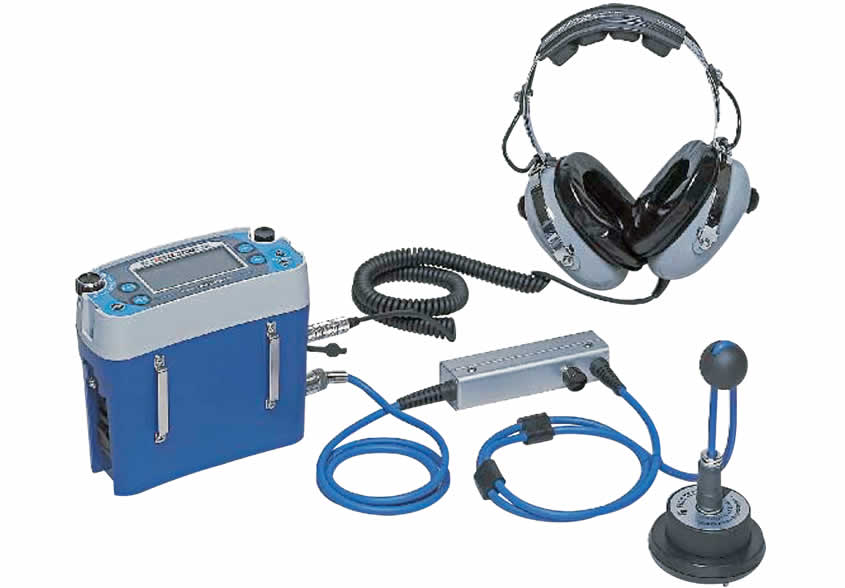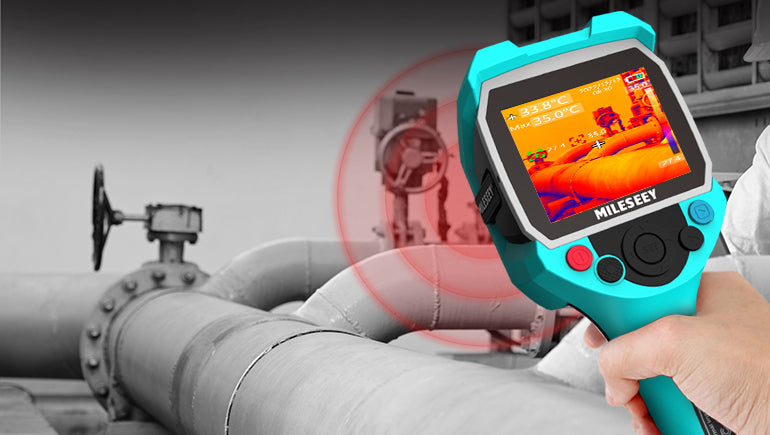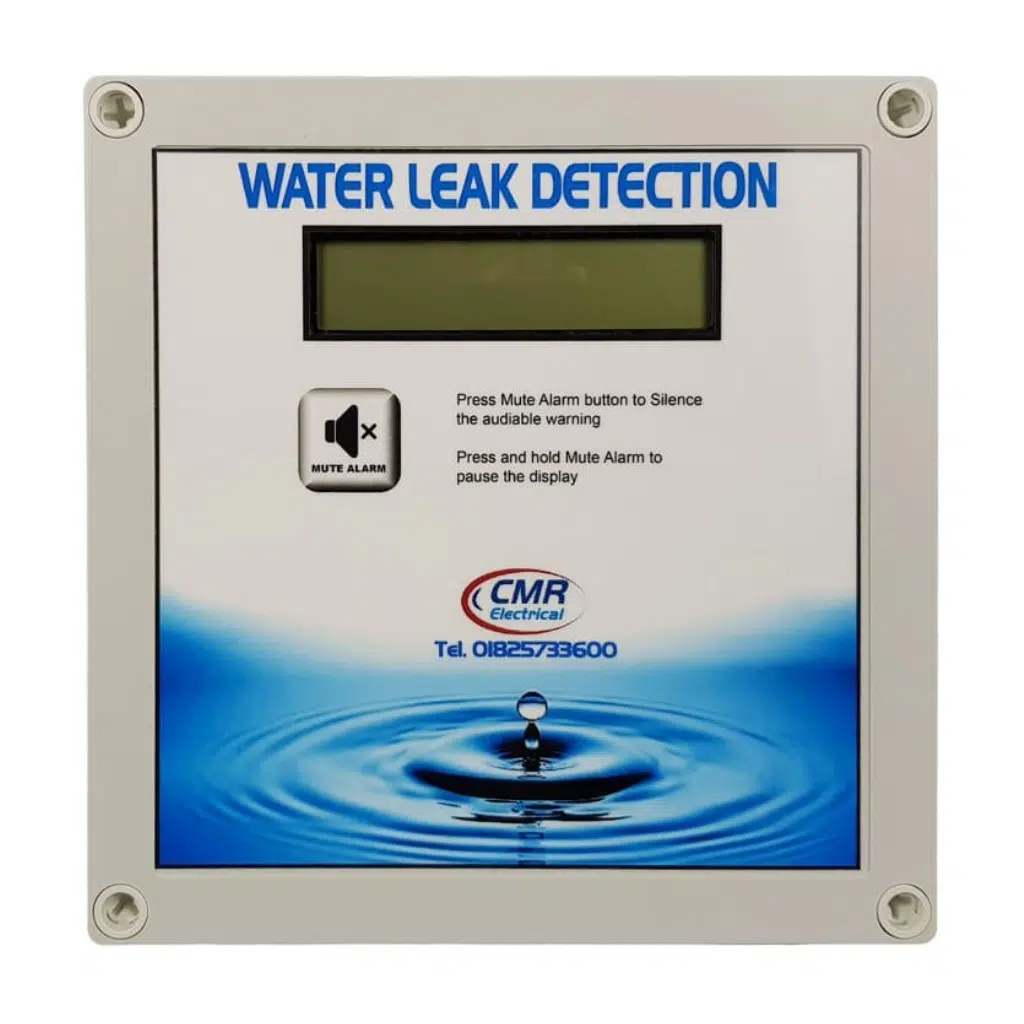Innovative Solutions for Very Early Detection of Water Leaks in Structures and Infrastructure
As the honesty of buildings and framework is critical, the obstacle of early detection of water leakages has stimulated innovative remedies that guarantee to change the method we protect versus prospective damages. From cutting-edge leakage detection innovations to the deployment of IoT sensors for real-time monitoring, the landscape of leak avoidance is developing swiftly. Artificial intelligence algorithms use a glance into the future of leak forecast, while thermal imaging presents a non-intrusive technique for identifying hidden leaks. Automated water flow evaluation systems are improving how leaks are determined and resolved, leading the way for an aggressive approach to water leak detection. Each of these options holds the key to making sure the integrity and longevity of our built atmosphere, triggering a change in the direction of an extra lasting and effective future.
Advanced Leakage Discovery Technologies
Advanced leakage discovery modern technologies, equipped with cutting-edge sensors and formulas, play an essential role in swiftly identifying and pinpointing water leakages in numerous setups. These innovations utilize a combination of acoustic, thermal, and electro-magnetic picking up approaches to identify leakages precisely. Acoustic sensors spot the sound of escaping water, permitting specific localization of the leakage resource. Thermal imaging discovers temperature changes brought on by water leak, offering one more reliable method for leak identification. Electro-magnetic sensing units can determine modifications in magnetic fields brought on by water, offering yet an additional layer of leak discovery ability.

IoT Sensors for Real-Time Monitoring
In the realm of contemporary water leakage discovery, the combination of IoT sensors for real-time monitoring represents a crucial advancement in boosting proactive leak discovery capacities. These sensing units offer continuous monitoring of water supply, supplying real-time information on water circulation prices, stress variants, and temperature level adjustments. By leveraging IoT technology, these sensing units can spot even the smallest anomalies in water usage patterns, enabling early recognition of potential leakages before they escalate into significant concerns.
IoT sensing units send information to a central platform, where sophisticated algorithms evaluate the information and generate signals or alerts when abnormalities are detected. This real-time surveillance capacity enables homeowner or center supervisors to quickly deal with leaks, reducing water damage, reducing repair prices, and saving water resources.
Furthermore, IoT sensing units can be integrated with building monitoring systems, permitting for automatic reactions to spotted leakages, such as closing off water valves or turning on pumps to mitigate the influence of leakages. In general, the execution of IoT sensing units for real-time monitoring significantly improves the effectiveness and efficiency of water leakage discovery in structures and facilities.
Maker Discovering Algorithms for Leak Forecast

One secret benefit of making use of artificial intelligence for leak forecast is its ability to continuously find out and improve its precision in time. As even more information is collected and fed right into the algorithm, it can improve its predictions and adjust to altering problems, eventually enhancing the reliability of leak detection systems.
Furthermore, machine understanding algorithms can help in determining refined indications of leaks that may go undetected by conventional surveillance methods. water leak detection. By evaluating complicated information embed in real-time, these algorithms review can give early cautions and alerts, enabling prompt intervention and precautionary upkeep to reduce potential water damage and linked expenses
Utilizing Thermal Imaging for Leak Detection
Thermal imaging technology supplies an appealing approach for discovering water leaks in different systems and facilities. By utilizing infrared radiation and temperature differences, thermal imaging video cameras can determine surprise leakages that are not quickly noticeable to the nude eye. When water escapes from pipes or structures, it typically alters the temperature of the surrounding area, developing temperature have a peek here differentials that thermal video cameras can capture. These temperature abnormalities are then equated into noticeable photos, highlighting the specific place of the leakage.
One of the key benefits of thermal imaging for leak detection is its non-intrusive nature. Generally, the use of thermal imaging modern technology improves the efficiency and precision of water leak discovery, making it a useful tool for keeping the stability of buildings and facilities.
Automated Water Circulation Evaluation Solutions
Just how can automated water circulation analysis systems revolutionize the detection and management of leakages in various systems and facilities? Automated water circulation analysis systems supply a positive strategy to leak discovery by constantly monitoring water circulation prices and patterns. By establishing standard data, these systems can swiftly identify inconsistencies that may suggest a leak, allowing punctual intervention to avoid comprehensive damages.
These systems make use of advanced formulas to assess real-time data and offer prompt alerts when anomalies are detected, permitting swift activity to be taken. In addition, automated water flow analysis systems can be integrated with structure monitoring systems or IoT systems, enhancing overall effectiveness and allowing remote surveillance capacities.
In addition, the information accumulated by these systems can be made use of for anticipating upkeep purposes, aiding to identify potential weak points in the framework prior to leakages happen. In general, the application of automatic water flow analysis systems can significantly boost leakage discovery this website and administration practices, inevitably resulting in cost financial savings, minimized water waste, and enhanced sustainability in buildings and framework.

Verdict
Finally, the integration of advanced leak detection technologies, IoT sensors, device knowing algorithms, thermal imaging, and automatic water circulation evaluation systems supplies cutting-edge solutions for very early discovery of water leakages in structures and facilities. These innovations allow real-time surveillance, forecast of leakages, and efficient discovery techniques to avoid water damages and waste. Applying these remedies can aid in keeping the stability and sustainability of water systems in various setups.